Dining Etiquette in China
Tips for Ordering, Eating, and Avoiding Awkward Situations
Dining in China is far more than just sustenance; it’s a cornerstone of social interaction, relationship building, business dealings, and celebrations. Understanding and observing Chinese dining etiquette will not only help you avoid awkward moments but also show respect for your hosts and deepen your cultural experience.
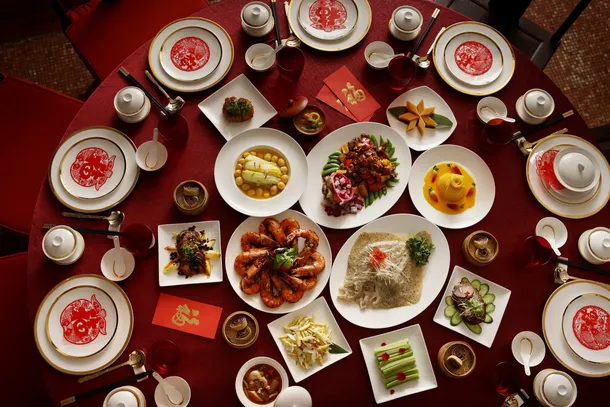
A typical Chinese shared meal with multiple communal dishes
While Chinese people are generally very understanding and forgiving of foreigners’ unintentional gaffes, a little knowledge goes a long way in making your dining experiences more enjoyable and meaningful.
Invitations
- If you are invited to a meal, especially a formal one or to someone’s home, it’s a sign of respect and friendship.
- Clarify who is inviting whom. The inviter is typically the host and will pay the bill.
- RSVP promptly.
Punctuality
- Being on time is expected and appreciated. For important banquets or business meals, arriving 10-15 minutes early is even better.
- If you are going to be late, inform your host as soon as possible with an apology.
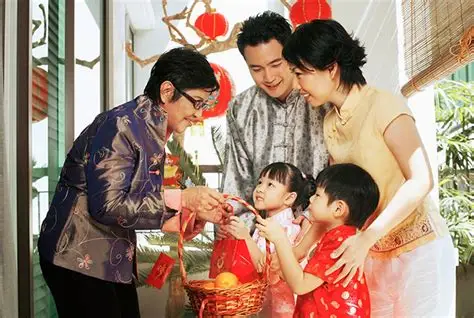
Bringing a thoughtful gift when invited to a Chinese home is customary
Gifts (Especially if Invited to a Home)
Good options include:
- Fruit (a nicely presented basket)
- Good quality tea
- A bottle of wine or spirits
- A small souvenir from your home country
Avoid these items (negative connotations):
- Clocks (associated with funerals)
- Cut flowers (especially white or yellow chrysanthemums)
- Handkerchiefs (symbolize separation)
- Sharp objects like knives/scissors (symbolize severing ties)
Gift Presentation: Present the gift with two hands. Your host may initially decline it a few times out of politeness before accepting – this is normal. Don’t be surprised if they don’t open it in front of you.
Seating is often not random, especially at formal meals or banquets. The arrangement reflects social hierarchy and respect.
The Seat of Honor
- At a round table (most common), the seat of honor is usually the one facing the entrance or the east.
- The host will typically sit opposite the main entrance or in the seat of honor if they are the most senior person.
- The guest of honor will be seated to the host’s right, or sometimes directly to their left if that is the more prominent position (e.g., better view).
- Other important guests are seated in descending order of importance radiating outwards from the host and guest of honor.

Traditional seating arrangement showing hierarchy at a Chinese banquet
Waiting to be Seated
It’s polite to wait for the host to indicate where you should sit. If unsure, you can ask, “我坐哪里? (Wǒ zuò nǎlǐ? – Where should I sit?)”.
Taking Your Seat
Allow elders or more senior individuals to be seated first. Wait for the host to invite everyone to sit before doing so yourself.
The Host Orders
In most situations, especially if you are the guest, the host will do the ordering. They will aim to provide a balanced and abundant meal.
“They may consult you on preferences or dietary restrictions (‘你有什么忌口吗?‘ – Nǐ yǒu shénme jìkǒu ma? – Do you have any dietary restrictions?). Be honest and clear, but also flexible if possible.”
It’s polite to defer to the host’s choices, as they know the local specialties. You can say something like, “客随主便” (Kè suí zhǔ biàn – The guest follows the host’s convenience).
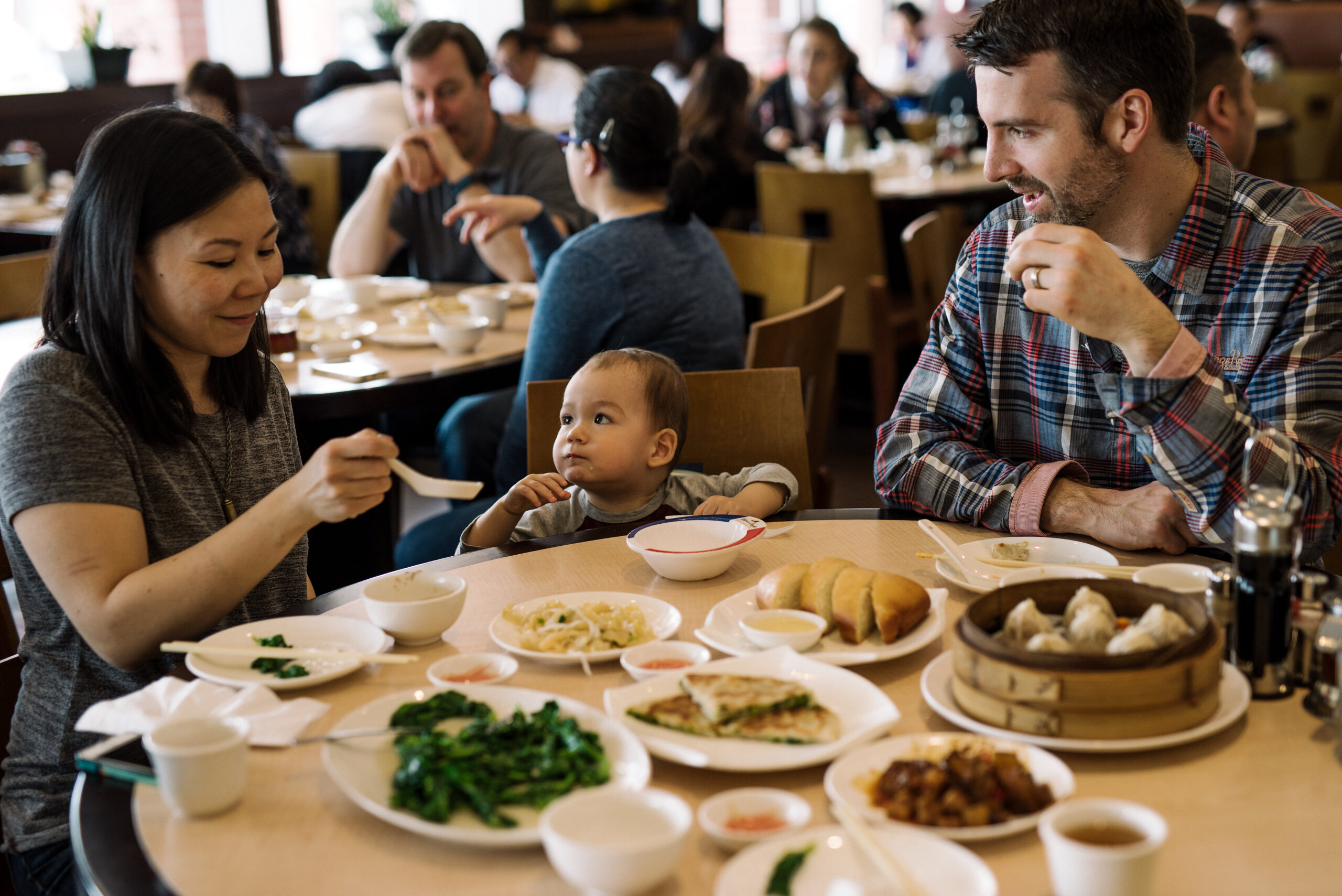
The host typically leads the ordering process at Chinese meals
Variety is Key
A typical Chinese meal involves multiple dishes shared by everyone at the table. The host will aim for a variety of:
- Ingredients: Meat (pork, beef, chicken, duck), fish/seafood, vegetables, tofu
- Cooking Methods: Stir-fried, steamed, braised, roasted, deep-fried
- Flavors: Sweet, sour, salty, spicy, savory
- Colors and Textures: Visually appealing and texturally diverse dishes are prized
Quantity – More is Better
- Hosts will almost always order more food than can be eaten. This is a sign of generosity and ensures guests are well-fed.
- Don’t feel obligated to finish everything; having leftovers (“年年有余” – Niánnián yǒuyú, meaning “may there be abundance year after year,” sounds similar to “年年有鱼” – “may there be fish year after year,” so fish is often left partially uneaten) is common and often desired.
If You Are Hosting
- Order a good variety. A common rule of thumb is N+1 dishes, where N is the number of people (e.g., 7 dishes for 6 people), but often it’s more.
- Include some “showpiece” dishes if it’s a special occasion.
- Ask your guests about their preferences and restrictions.
Mastering chopsticks isn’t strictly necessary (you can often ask for a fork – “请给我叉子” – Qǐng gěi wǒ chāzi), but using them correctly will be appreciated.
The Do’s
- Hold them correctly (one stationary, one moving, towards the thicker end)
- Use serving chopsticks (公筷 – Gōngkuài) or serving spoons (公勺 – Gōngsháo) if provided
- Rest chopsticks neatly on the chopstick rest or horizontally across your bowl
- Lift your rice bowl closer to your mouth when eating plain rice
The Don’ts
- Do NOT stick chopsticks upright in rice (resembles funeral incense)
- Do NOT spear food (except very large items)
- Do NOT point at people with chopsticks
- Do NOT dig through dishes (“grave digging”)
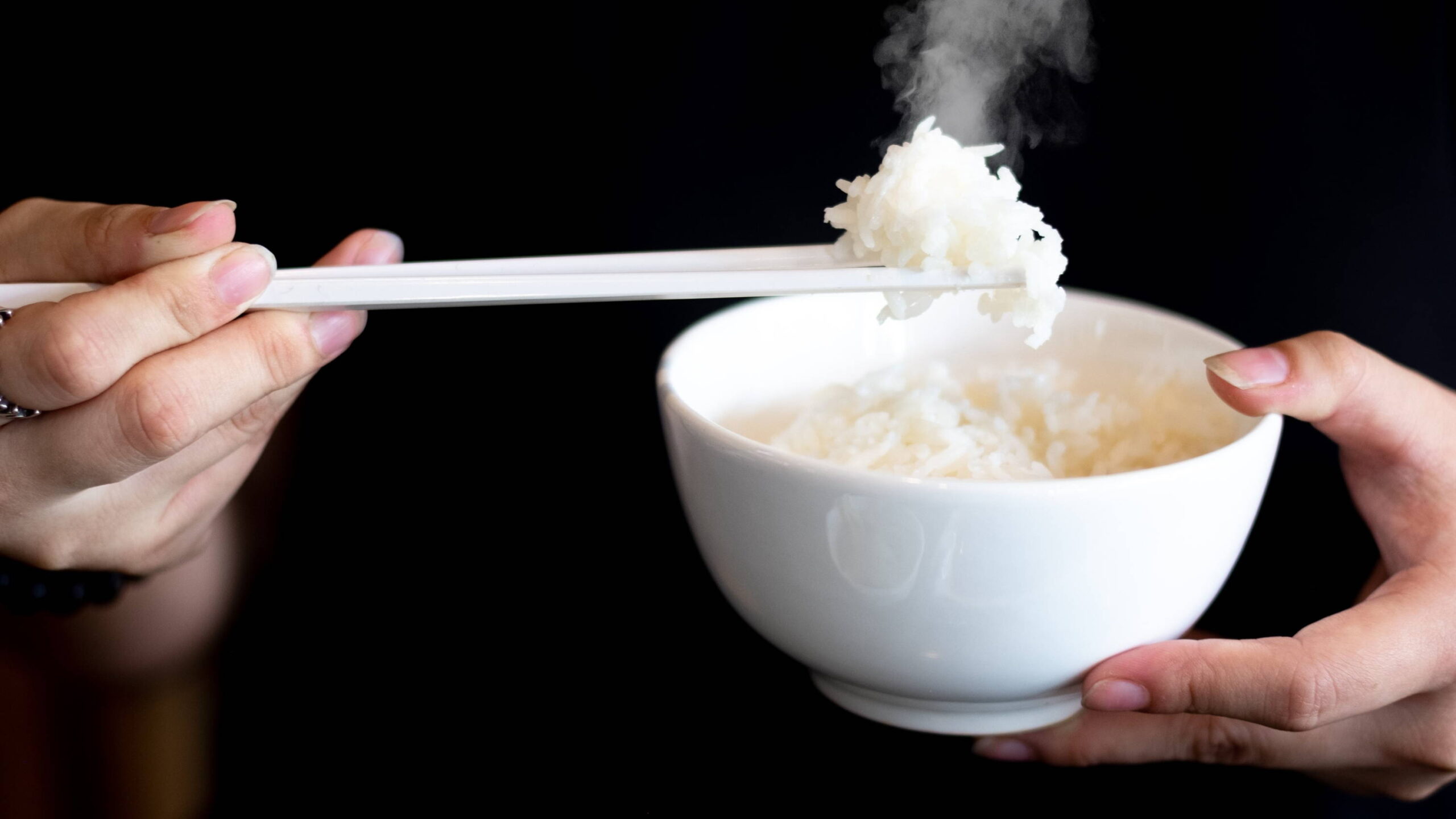
Proper chopstick etiquette shows respect for the dining tradition
Starting the Meal
- Wait for the host or most senior person to begin eating or say “吃吧!” (Chī ba! – Let’s eat!)
- The host may place the first piece of food on the guest of honor’s plate as a sign of respect
Serving Yourself and Others
Communal Dishes: Most dishes are placed in the center (often on a lazy Susan – 转盘 – Zhuànpán) for sharing.
Serving Others: It’s polite to serve elders or the guest of honor first. They will likely reciprocate.
Your Rice Bowl
It’s acceptable to lift your rice bowl closer to your mouth to eat, especially with plain rice. This prevents rice from falling.
Bones and Waste: Place them on a side plate or neatly on the tablecloth beside your plate.

Communal dining with shared dishes is the norm in Chinese meals
Conversation
Mealtime is a social event. Engage in pleasant conversation but avoid sensitive topics. Complimenting the food (“这个菜很好吃!” – Zhège cài hěn hǎochī!) is always appreciated.
Special Food Etiquette
- Fish: Often served whole; don’t flip it – remove the backbone to access bottom meat
- Noodles: Symbolize longevity – don’t break them into small pieces
- Tea: Tap two fingers on the table when someone refills your cup as a silent “thank you”
Toasting is an integral part of Chinese dining, especially at banquets.
The Host Toasts First
The host usually offers the first toast to welcome guests.
Clinking Glasses
- Hold your glass slightly lower when toasting seniors as a sign of respect
- Maintain eye contact during the toast
“Gānbēi!” (干杯!)
Literally means “dry glass” but you don’t always need to finish your drink. Observe others’ behavior.
If you don’t drink alcohol, say “我酒量不好” (Wǒ jiǔliàng bù hǎo) or “我以茶代酒” (Wǒ yǐ chá dài jiǔ – I’ll use tea instead).

Toasting with baijiu is common at formal Chinese banquets
“Baijiu (白酒), a strong Chinese spirit often served at banquets, can be an acquired taste for foreigners. It’s polite to try it but acceptable to limit your intake by taking small sips rather than full shots during each toast.”
Pouring Drinks
- Fill others’ glasses before your own
- Keep an eye on neighbors’ glasses and refill if empty
- Reciprocate toasts to the host and other guests
Signaling You’re Finished
- Place chopsticks neatly together on the rest or across your bowl
- Conversation often continues after eating – no need to rush
Leftovers
It’s increasingly common to take leftovers home (“打包” – Dǎbāo). The host or staff can arrange this.
Paying the Bill (买单 – Mǎidān)
- The inviter usually pays – don’t insist unless you’re hosting
- Splitting the bill (AA制 – AA zhì) is uncommon except among young friends
- Tipping is not expected in most restaurants

The ritual of politely arguing over who pays is common in China
Leaving
Thank your host profusely (“谢谢你的款待” – Xièxie nǐ de kuǎndài) and leave when they signal the meal is over.
Offered Something You Don’t Like
Politely decline (“谢谢,我够了” – Xièxie, wǒ gòu le) or try a small portion if pressured.
Spilling Something
Apologize (“对不起” – Duìbuqǐ) – staff will help clean it up.
Chopstick Struggles
It’s okay to ask for a fork (“请给我叉子“) – most people won’t comment.
Unknown Dishes
Ask “这是什么菜?” (Zhè shì shénme cài?) to learn about unfamiliar dishes.
Final Thoughts
Chinese dining etiquette can seem complex, but the underlying principles are respect, generosity, and harmony. Your hosts will appreciate your efforts to observe local customs. Don’t be overly anxious – a friendly attitude and basic politeness will carry you far. Enjoy the incredible culinary journey that China offers!
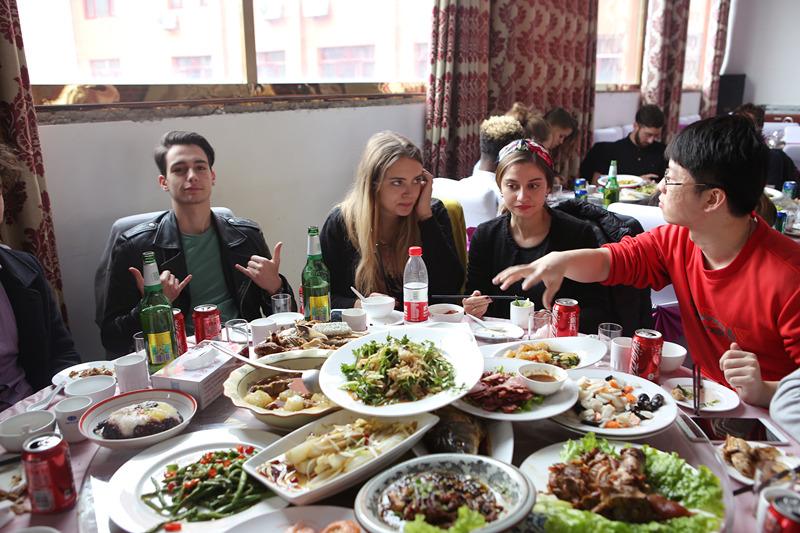
With these etiquette tips, you’ll be able to fully enjoy China’s rich dining culture
Enjoyed this article? Consider buying me a coffee to support more content like this!
💖 0 people have clicked to support this article.


